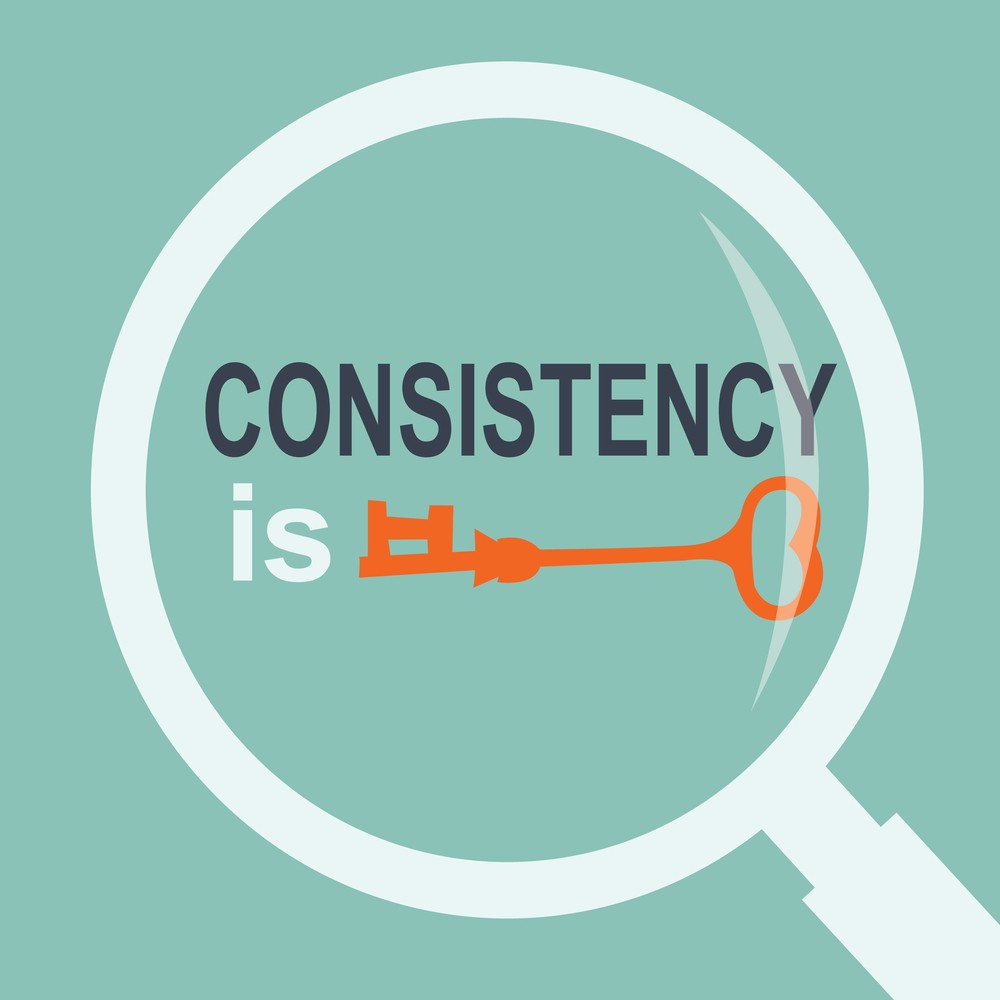Learning Spanish is a popular choice for English speakers, but how long does it take to become fluent? This article explores the factors influencing learning speed and provides practical tips for accelerating your progress.
Factors Affecting Spanish Language Acquisition
Several factors contribute to how quickly you can learn Spanish:
Desired Fluency Level
- Conversational Fluency: Understanding 95% of spoken and written Spanish, holding comfortable conversations, and being easily understood. This typically takes less time to achieve than native-level fluency.
- Native/Bilingual Proficiency: Understanding virtually everything, including nuanced jokes and cultural expressions, with near-perfect pronunciation. This level requires significant time and immersion.
Motivation and Commitment
Strong motivation fuels consistent effort, crucial for language learning. Identifying your “why” for learning Spanish helps maintain momentum.
Effective Study Habits
Utilizing quality resources, focusing on all language skills (listening, speaking, reading, writing), and consistent practice are essential.
Linguistic Similarities
English and Spanish share Latin roots, making vocabulary acquisition easier for English speakers compared to learning languages with entirely different origins.
Immersion Opportunities
Living in a Spanish-speaking country or regularly interacting with native speakers significantly accelerates learning.
Skill Focus
While focusing on specific skills like speaking is tempting, a balanced approach encompassing all aspects of language learning leads to better overall fluency.
Fastest Ways to Learn Spanish
Immersion, combining listening, speaking, reading, and writing in real-world contexts, is widely considered the fastest method.
Even without traveling, you can create an immersive environment by:
- Labeling objects with their Spanish names
- Incorporating Spanish into daily routines
- Finding language exchange partners
- Consuming Spanish media (music, movies, books)
Estimated Timeframes
The Foreign Service Institute (FSI) suggests Spanish requires around 600-750 class hours (24-30 weeks) to reach professional working proficiency. However, individual results vary significantly. Consistent, dedicated learners using effective methods can potentially achieve conversational fluency within a year or even less with intensive immersion.
Conclusion
Learning Spanish is a journey, and the speed of progress depends on individual factors. By understanding these factors and employing effective learning strategies, particularly immersion, English speakers can significantly accelerate their journey to Spanish fluency.

